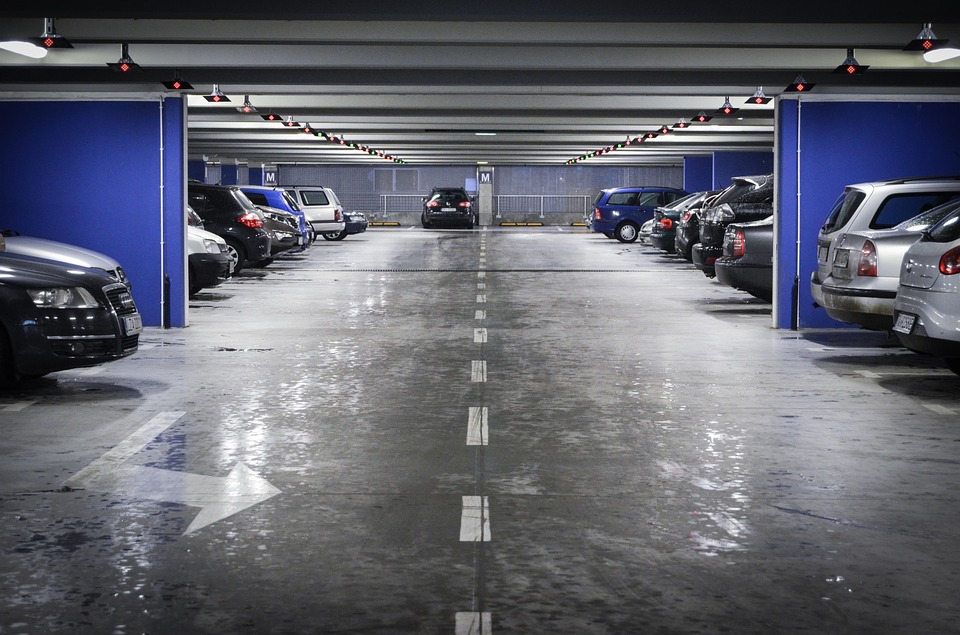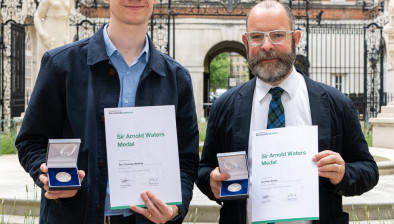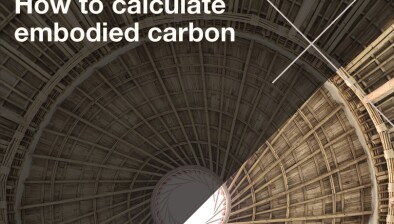Car park design needs to evolve, says IStructE

Car park design needs to evolve to cope with bigger, heavier electric cars, and 21st century social and environmental issues, according to new guidance published today by the Institution of Structural Engineers (IStructE).
Car park design addressed the modern-day challenges and demands these buildings face. Their design, construction, maintenance, and reuse all need careful consideration given their purpose is changing from just parking cars to recharging and storing them, alongside e-bikes and e-scooters too.
The guidance explains that importantly, car parks need to be designed to handle changes in car design. The average vehicle’s weight has risen from 1.5t in 1974 to almost 2t today – due to electric and hybrid batteries and the size of cars increasing. This extra load and the changing fire safety requirements are all considerations not just for new car parks, but for existing structures too.
Ten experts contributed to the guidance including overseeing consultant, Chris Whapples, a Fellow of the Institution of Structural Engineers (FIStructE) who comments: “There are myriad considerations the design of a modern car park needs to address, particularly as selling petrol and diesel cars and vans will be banned in the UK by 2030, and hybrid cars and vans by 2035. Car park safety is paramount, especially given the learnings from structural failures, including the Pipers Row floor collapse in Wolverhampton, UK in 1997. And this guidance is made increasingly relevant with the recent, tragic collapse of a car park in Manhattan, New York which is currently being investigated.”
The guidance is spilt in two parts: part one is aimed at those involved in procuring a car park, including clients, architects, and project managers among others. Part two covers more in-depth design issues, with comprehensive recommendations for those responsible for inputting to the detailed design such as structural and civil engineers.
The report highlights that a number of serious fires have happened in car parks which were designed to current guidance, and that in certain circumstances, this may not produce a fire-safe design.
Chair of the Contributor Group, Mark Punsdack, also a Fellow of the Institution of Structural Engineers (FIStructE) explained: “As we move to using more electric or hybrid cars, we are now exposed to risks from vehicle compositions and propulsion systems which current design guidance does not acknowledge. We have moral and legal duties to make buildings accessible for all — and car parks are no exception.”
Accessibility is an essential part of the design process, given that in the UK and many other countries people are living longer, with more independence. The physical impairments of a greater number of car park users therefore need to be addressed.
The Institution’s guidance dedicates a chapter to the often-overlooked mental health aspects of car park design, with important consideration given to the various physical measures that can be part of the building to deter suicide attempts.
Mark Pundsack concluded: “The car parks built today or those being renovated and re-used need to be designed with all this in mind if these structures are to remain viable and useful in a rapidly changing world.”
The report covers the design, construction and asset management of all car park structures, including standalone multi-storey car parks, underground car parks and those within buildings with other uses such as office, residential and retail. It is a state-of-the-art resource for car park architects, engineers, developers, funders and those who service and maintain these facilities.





















